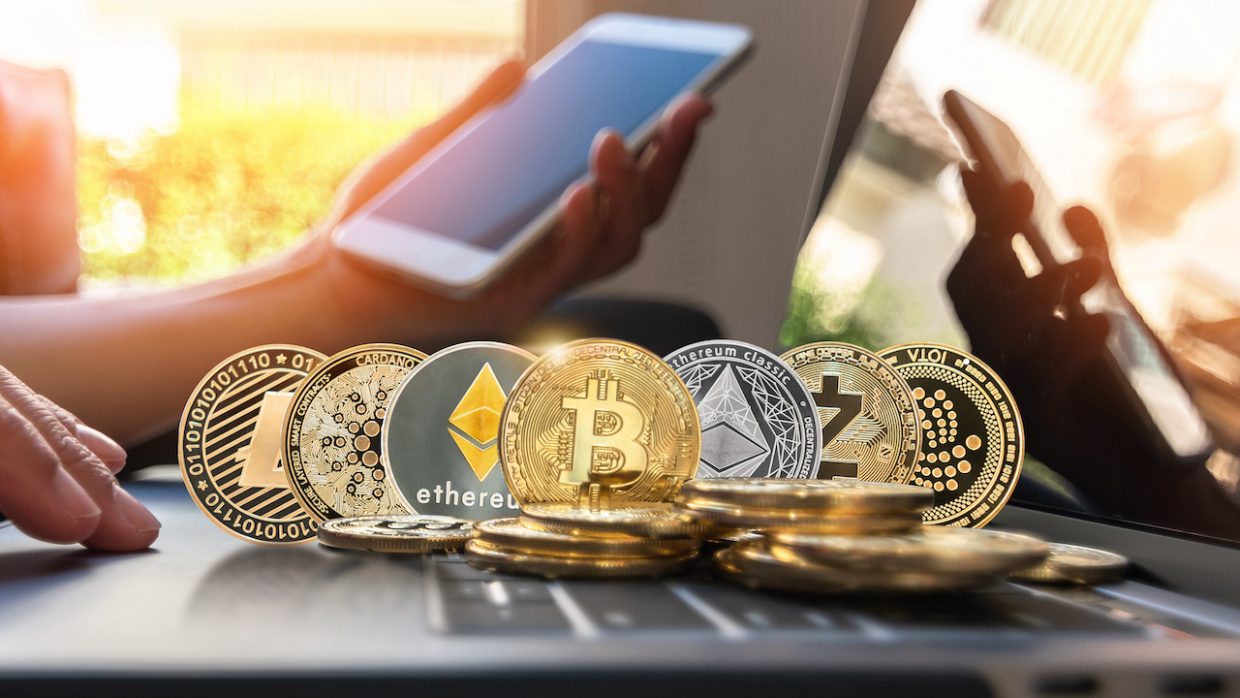The non-fungible token (NFT) market, which saw a boom in 2020 and 2021, has since quieted down, with many digital art pieces selling for a fraction of what they were worth just a couple of years ago. However, some experts, such as Matthew Hougan, chief investment officer at Bitwise Asset Management, believe that the initial NFT craze was a “proof of concept” for the exchange of digital assets and that a rebound is imminent.
Despite the market’s current conditions, Hougan remains bullish on the NFT space. He suggests that the second generation of NFT technology is now being explored and that it will penetrate the real world within the next two to three years. He points to successful brand integrations, such as Nike’s “virtual creation” collectible sneakers in video games, as evidence of the potential of NFTs.
However, as a skeptic, one must consider the volatility and unpredictability of the NFT market. The market’s past performance, characterized by rapid growth followed by a significant downturn, raises questions about its stability and sustainability. While some believe that the NFT market could grow to trillions in the next six months, others argue that this projection is overly optimistic and fails to account for the inherent risks and uncertainties associated with the crypto sector.
An NFT revival is far from guaranteed. While some predict a resurgence in the popularity of non-fungible tokens, particularly in areas like gaming, the consumer reaction to such developments remains uncertain. The use of artificial intelligence to generate art, for instance, has received mixed responses.
A recent LCX report emphasizes the potential of NFTs to revolutionize the digital content industry, particularly in terms of intellectual property rights. The report suggests that NFTs could provide a solution to the long-standing issue of digital rights management, allowing creators to retain control over their work and receive fair compensation.
Furthermore, the demographic of crypto consumers is diversifying, with older age groups and non-tech individuals increasingly engaging with cryptocurrency. This shift could potentially influence the direction and development of the NFT market. Brands are increasingly experimenting with NFTs for different types of loyalty programs, special access experiences, and extra content tied to an event, music album, or movie.
Perhaps most importantly, the regulatory landscape for the crypto industry is rapidly evolving. The European Union, for instance, recently passed the Crypto Act or MiCA, which will introduce the first package of rules on the crypto industry. These regulations aim to increase provider responsibility and reduce risks for investors, potentially impacting the growth and operation of the NFT market.
While the NFT market has shown potential for innovation and growth, its future remains uncertain and fraught with challenges. The volatility and unpredictability of the market, coupled with regulatory uncertainties, make it a risky venture for both creators and investors. The next 12 months will be crucial in determining whether the NFT market can rebound from its downturn and realize its potential, but the odds seem stacked against it.
The diversification of crypto consumers and the exploration of NFTs by brands for loyalty programs and special access experiences are promising developments, but they are not enough to guarantee a resurgence of the NFT market. So while NFTs may have a place in the future digital landscape, it is unlikely that they will regain the speculative bubble status they once held.



